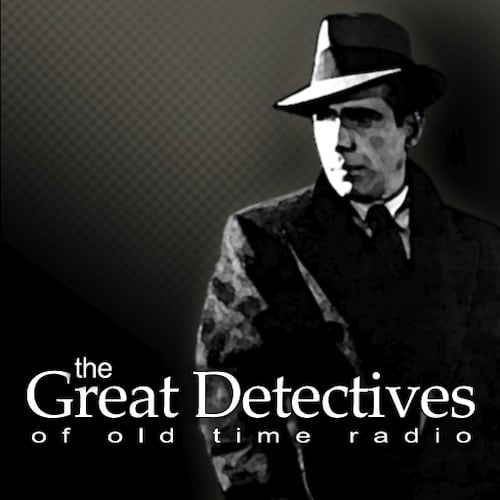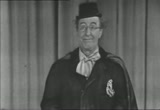Gordon Macrae was a leading baritone on radio with his performances on programs like Skyline Roof (1946), The Gulf Spray Show (1947), The Texaco Star Theater (1948), and most importantly, The Railroad Hour (1948-54). It was on the Railroad Hour that Macrae brought to radio countless musicals and operettas including classics like New Moon, Brigadoon, and The Mikado as well as then-more recent Broadway hits like State Fair. Macrae’s star rose fast on radio and it would carry over to films where he would star in screen adaptations of plays he’d adapted for radio such as Oklahoma and Carousel.
Amazon has released two of Gordon Macrae’s early Albums Gordon Macrae in Concert (1958) (which was ironically recorded entirely in the studio) and Hallowed be Thy Name.
The In-Concert CD includes a mix of love songs, philisophical songs like “I Believe” and “Lost in the Stars”, and classic ballads. The song begins with the faster-tempo classic Begin the Beguine which McRae infuses with passion and power which would set the tone for the rest of the CD. Macrae’s performance of His version Old Man River is one of the most solid versions of the old standard, as Macrae perfectly captured the mood of the song.
This was something he also achieved with “Danny Boy” as he shows incredible range. One reviewer who first heard it in the 1960s, wrote, “I was born in Ireland and I heard the song ad nauseum in Australia when my father and his pals had passed the 8th beer milestone and, really, I think I had developed antibodies to the song. Until Gordon’s version.”
The second part of the album Hallowed be Thy Name was made up of sacred songs and Macrae’s performance is striking. The songs are mostly the type of things you would hear in church in the late 1950s. To re-enforce this effect, the songs are accompanied by an organ and/or a choir rather than an orchestra.
As someone who grew up only hearing the refrain of “Jesus Loves Me,” I was pleasantly surprised to hear actual verses sung to the song. Macrae sang several classic standards hymns such as “Onward Christian Soldiers” and “Rock of Ages” and also the “Hallelujah” chorus. Railroad Hour fans will recognize Macrae’s version of “The Lord’s Prayer” and he also sings “The 23rd Psalm.” Macrae’s best song on this particular album had to be his version of, “Holy, Holy, Holy” a song that was perfect for Macrae’s voice.
Overall, Amazon’s combination of these two great albums of secular and sacred songs was a treat that showcased one of the truly great musical talents of the golden age.
This post contains affiliate links, which means that items purchased from these links may result in a commission being paid to the author of this post at no extra cost to the purchaser.
If you enjoyed this post, you can have new posts about Detective stories and the golden age of radio and television delivered automatically to your Kindle.

